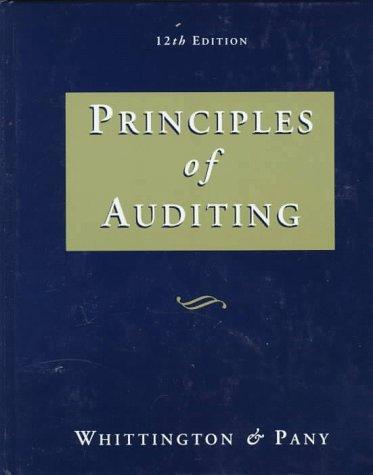
Consider a European put on a non-dividend paying stock with a strike of $20, maturity two weeks, current stock price of $19, a constant risk free rate of 4% p.a. continuously compounded and volatility of 25% p.a. Assume a bank has just sold the put option for $2.20 and wants to hedge the exposure dynamically at the end of each week. The BSM valuation for the option is $1.0466. a) Complete the following table (to 4 decimal places). For the spot and bond positions clearly label a long position as "L" and a short position as S. Show all workings, clearly specifying the inflows (as a positive) and the outflows (as a negative) associated with the bond position. Bond position (L/S) S, A End of week Shares #shares bought (L) /sold(S) Opening Interest balance Option Closing balance 0 19.00 1 21.00 2 19.50 b) What is the value for the cumulative hedging error? Explain what this means. c) Briefly outline one of the risks associated with the hedge and how it may be managed/reduced. Consider a European put on a non-dividend paying stock with a strike of $20, maturity two weeks, current stock price of $19, a constant risk free rate of 4% p.a. continuously compounded and volatility of 25% p.a. Assume a bank has just sold the put option for $2.20 and wants to hedge the exposure dynamically at the end of each week. The BSM valuation for the option is $1.0466. a) Complete the following table (to 4 decimal places). For the spot and bond positions clearly label a long position as "L" and a short position as S. Show all workings, clearly specifying the inflows (as a positive) and the outflows (as a negative) associated with the bond position. Bond position (L/S) S, A End of week Shares #shares bought (L) /sold(S) Opening Interest balance Option Closing balance 0 19.00 1 21.00 2 19.50 b) What is the value for the cumulative hedging error? Explain what this means. c) Briefly outline one of the risks associated with the hedge and how it may be managed/reduced







